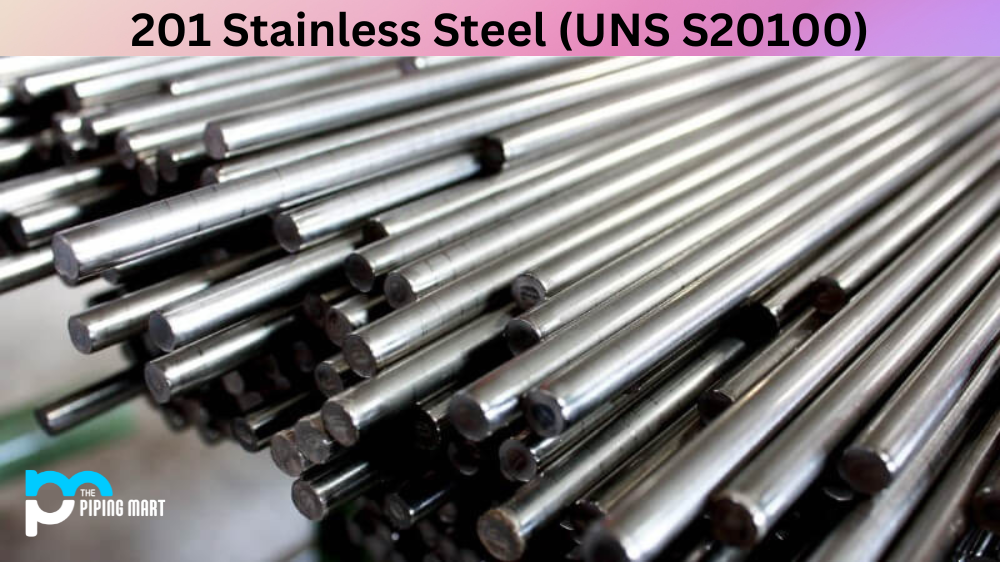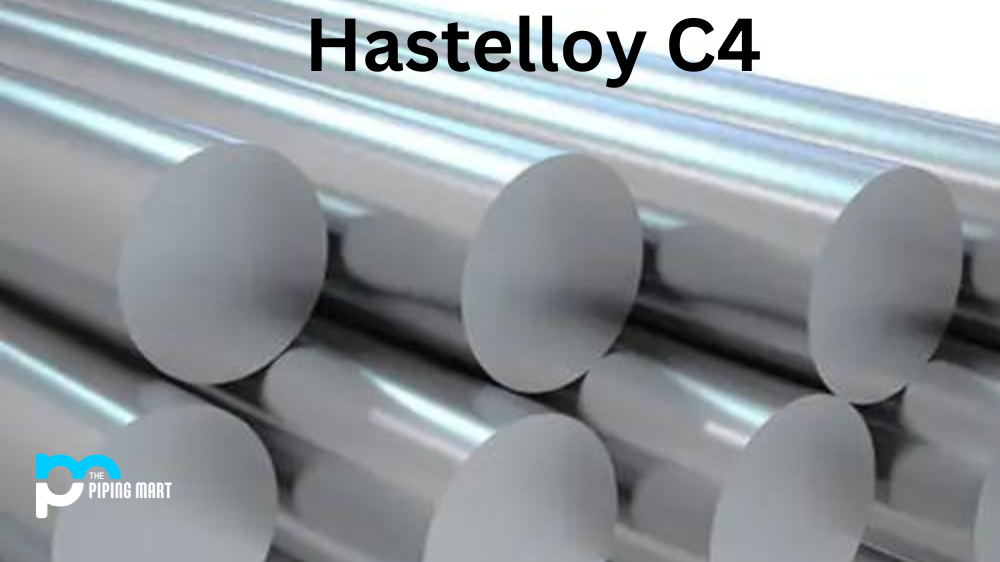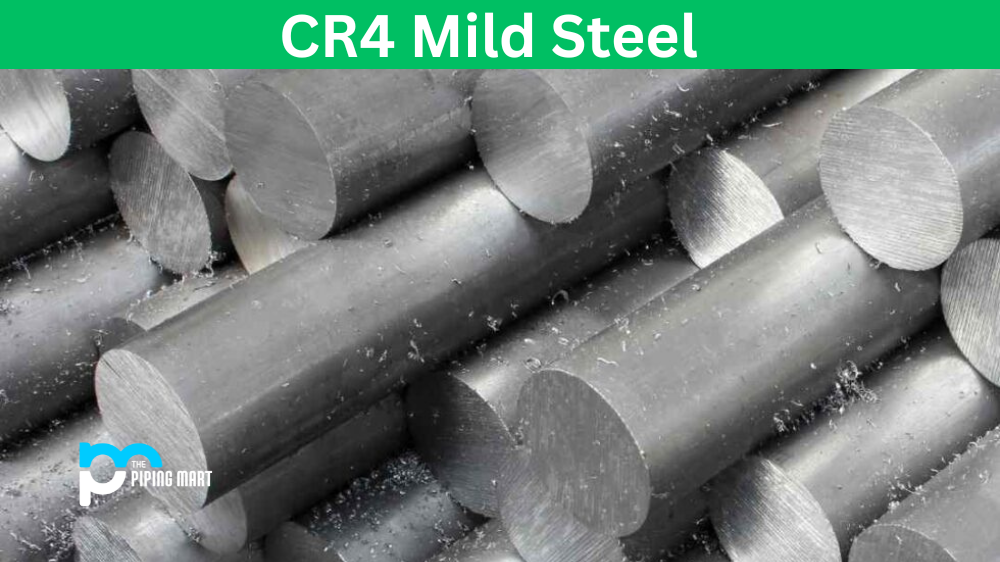What is 201 Stainless Steel?
Stainless steel is a popular material choice for metalworking professionals due to its durability and corrosion-resistant properties. Multiple grades of stainless steel are available, including grade 201 stainless steel. This particular grade offers a unique balance of strength, workability, and affordability. Let’s look at what makes 201 stainless steel an attractive option for metalworking projects.
What Forms is 201 Stainless Steel Available at Piping Mart?
- 201 Stainless Steel Pipe Fittings
- 201 Stainless Steel Pipe
- 201 Stainless Steel Tube
- 201 Stainless Steel Bolts
Stainless Steel 201 Chemical Composition
Annealed SS 201 is composed primarily of iron with between 16 and 18% chromium and up to 0.15% carbon. It also contains trace amounts of manganese, nickel, silicon, nitrogen, and copper. Due to UNS S20100’s low carbon content and lower levels of other metals than other types of stainless steel, it has higher formability than the 300 series grades. In addition, it can be hardened by cold working processes but not heat-treated like 304 or 316 grades.
| Element | Content (%) |
| Iron, Fe | 72 |
| Chromium, Cr | 16.0 – 18.0 |
| Manganese, Mn | 5.50 – 7.50 |
| Nickel, Ni | 3.50 – 5.50 |
| Silicon, Si | 1.0 |
| Nitrogen, N | 0.25 |
| Carbon, C | 0.15 |
UNS S20100 Stainless Steel Physical Properties
| Property | 201 |
| Density, lb/in3 | 0.283 |
| Modulus of Elasticity, psi | 28.6 x 106 |
| Coefficient of Thermal Expansion, 68-212˚F, /˚F | 9.2 x 10-6 |
| Thermal Conductivity, Btu/ft hr ˚F | 9.4 |
| Specific Heat, Btu/lb ˚F | 0.12 |
| Electrical Resistivity, Microohm-in | 27.0 |
201 Stainless Steel Mechanical Properties
AISI 201 stainless steel is a popular grade with unique mechanical properties. It is often used in manufacturing and industrial applications where strength, corrosion resistance, durability, and formability are important. The most common mechanical properties of Grade 201 stainless steel include hardness, yield strength, tensile strength, elongation, and ductility. Here is a brief overview of each of these properties.
| Properties | Metric | Imperial |
| Tensile strength (transverse at room temperature) | 685 MPa | 99400 psi |
| Tensile strength (longitudinal at room temperature) | 696 MPa | 101000 psi |
| Yield strength (transverse at room temperature) | 292 MPa | 42400 psi |
| Yield strength (longitudinal at room temperature) | 301 MPa | 43700 psi |
| Compressive strength | 365 MPa | 52900 psi |
| Elastic modulus | 197 GPa | 28573 ksi |
| Poisson’s ratio | 0.27-0.30 | 0.27-0.30 |
| Elongation at break (longitudinal at room temperature) | 56% | 56% |
| Elongation at break (transverse at room temperature) | 62.50% | 62.50% |
| Hardness, Rockwell B (transverse at room temperature) | 85 | 85 |
| Hardness, Rockwell B (longitudinal at room temperature) | 85 | 85 |
Stainless Steel 201 Equivalent
| ASTM A213 | ASTM A666 |
| ASTM A240 | QQ S766 |
| ASTM A249 | ASME SA412 |
| ASTM A276 | SAE 30201 |
| ASTM A412 | SAE J405 (30201) |
201 Stainless Steel Specifications
- ASTM A240
- ASTM A666
- ASME SA240
201 Stainless Steel Uses
Because it has good formability with moderate strength, SS 201 Grade is used in various applications across various industries. It is often found in kitchen utensils and appliances because it does not easily discolour or rust after contacting water or food products like other grades. It is also used in medical instruments and automotive parts that require flexibility while maintaining strength under pressure. This grade of stainless steel also finds uses in railway carriages and architectural structures due to its high formability and resistance to harsh weather conditions such as rain or snowfall.
201 Stainless Steel Corrosion Resistance
AISI 201 has excellent corrosion resistance due to its high chromium content (17-19%) and low carbon levels. It is also highly oxid-resistant, making it suitable for moist or acidic environments. Furthermore, this metal alloy exhibits good formability and weldability and can be machined easily. These factors make 201 stainless steel ideal for applications requiring superior corrosion resistance and strength.
201 Stainless Steel Hardness
The hardness of UNS S20100 stainless steel is typically between 80 and 90 on the Rockwell scale (HRC), a standard measuring system for materials. Generally, it is softer than other types of stainless steel, such as 304 and 316 grades. Hardness can be increased by heat treatment or by cold work hardening, but this process will reduce its corrosion resistance.
201 SS Weldability
The weldability of grade 201 ss is excellent, thanks to its lower carbon content. It can be easily welded using any resistance welding method, including poly-phase and spot welding. Its low carbon content also helps to reduce carbide precipitation during welding, allowing it to better resist cracking after cooling. This makes 201 stainless steel a great choice for applications that require strong corrosion and heat resistance.
Conclusion:
201 Steel Grade offers metalworking professionals an economical solution that works well in many applications requiring both formability and strength without breaking the bank. While other grades are available that may suit certain projects better depending on the specific requirements needed for each project, such as higher levels of corrosion protection or heat-treatable properties – 201 always provides a unique balance between cost savings and performance characteristics, making it ideal for many metalworking needs!

Pipingmart is a B2B portal that specializes in metal, industrial and piping items. Additionally, we share the latest information and information about materials, products and various types of grades to assist businesses that are involved in this business.




